Home>Maintenance & Safety>Child & Elderly Safety at Home>How Long Should You Use A Baby Monitor
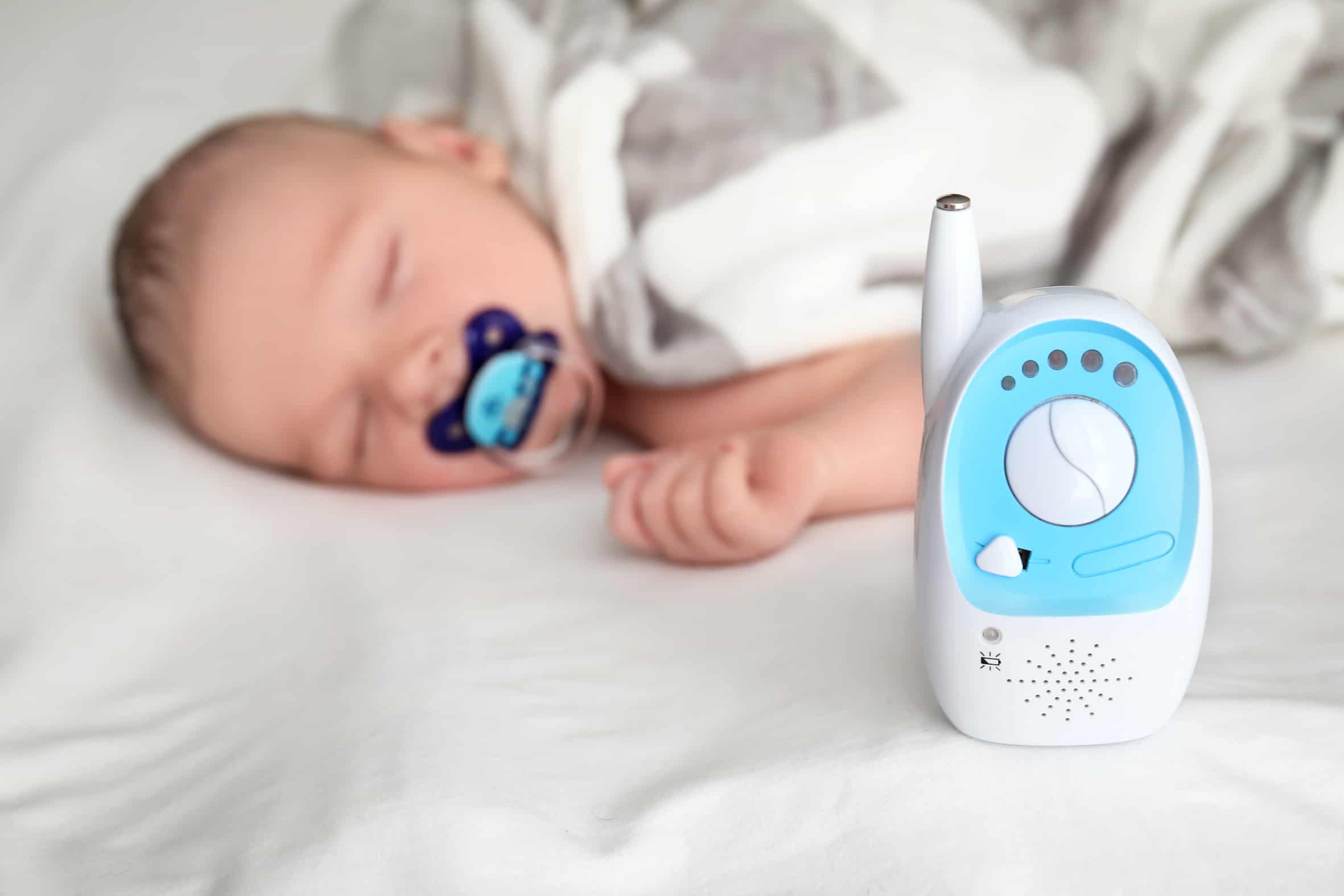

Child & Elderly Safety at Home
How Long Should You Use A Baby Monitor
Modified: August 16, 2024
Ensure child and elderly safety at home with the right baby monitor duration. Discover how long to use a baby monitor for optimal security and peace of mind.
(Many of the links in this article redirect to a specific reviewed product. Your purchase of these products through affiliate links helps to generate commission for Storables.com, at no extra cost. Learn more)
Introduction
Raising a child is a journey filled with countless decisions, big and small. Amidst the myriad of choices parents face, the topic of baby monitors often arises. These nifty devices have revolutionized the way parents keep an eye (and ear) on their little ones, offering peace of mind and a sense of security. However, as with many aspects of parenting, determining how long to use a baby monitor can be a perplexing question.
In this comprehensive guide, we will delve into the various considerations surrounding the use of baby monitors, shedding light on the benefits, safety aspects, and factors to contemplate when deciding the duration of usage. Whether you are a new parent navigating the world of baby gear or a seasoned caregiver seeking to optimize safety measures, this article aims to provide valuable insights to aid in your decision-making process. So, let’s embark on this exploration, allowing you to make informed choices regarding the duration of baby monitor usage.
Key Takeaways:
- Baby monitors offer peace of mind, safety, and convenience for parents, especially during infancy. The duration of usage should be tailored to the child’s needs and the family’s dynamics.
- Safety considerations, developmental stages, and parental comfort are crucial factors in deciding how long to use a baby monitor. Flexibility and open communication with experts are key.
Read more: When Should You Stop Using A Baby Monitor
Benefits of Using a Baby Monitor
Baby monitors offer a myriad of advantages that cater to the needs of both infants and parents. Understanding these benefits can help parents grasp the value of incorporating a baby monitor into their child-rearing routine. Here are some key benefits:
- Peace of Mind: Baby monitors provide parents with the assurance that they can monitor their baby’s safety and well-being, even from a distance. This peace of mind is invaluable, especially during nap times or when the baby is sleeping in a separate room.
- Enhanced Safety: By enabling parents to closely observe their infant, baby monitors contribute to a safer environment. Any signs of distress or discomfort can be promptly detected, allowing for timely intervention.
- Convenience: With the aid of a baby monitor, parents can attend to household chores or relax in another part of the home while remaining aware of their baby’s activities. This convenience fosters a balance between caregiving responsibilities and personal tasks.
- Bonding Opportunities: Baby monitors facilitate bonding moments, as parents can respond promptly to their baby’s needs, fostering a sense of security and trust in the parent-child relationship.
- Parental Rest: During nighttime, baby monitors enable parents to rest more soundly, knowing they can swiftly attend to their baby if the need arises. This promotes better sleep quality for both parents and infants.
These benefits underscore the significant role that baby monitors play in modern parenting, offering a blend of reassurance, safety, and convenience. As we explore the duration of baby monitor usage, it’s essential to keep these advantages in mind, recognizing the positive impact they can have on the overall well-being of both parents and babies.
Safety Considerations
When it comes to the safety of infants and young children, thorough consideration of all potential risks and protective measures is paramount. Baby monitors, while offering numerous benefits, also warrant careful attention to safety considerations to ensure their usage aligns with best practices. Here are some crucial safety aspects to bear in mind:
- Secure Placement: Proper positioning of the baby monitor is essential to prevent any risk of entanglement or strangulation. Cords and wires should be kept out of reach of the child, and the monitor itself should be securely placed to avoid accidental falls.
- Interference Prevention: Ensuring that the baby monitor operates on a secure frequency can minimize the risk of interference from other electronic devices, thus maintaining clear and reliable communication between the parent unit and the baby unit.
- Monitoring Range: Understanding the range of the baby monitor is crucial to prevent signal loss or distortion. This ensures that parents can effectively monitor their baby without encountering technical limitations.
- Privacy and Security: Opting for baby monitors with advanced security features, such as encrypted signals, can safeguard against unauthorized access to the monitor’s feed, preserving the privacy of the family’s interactions within the home.
- Regular Maintenance: Conducting routine checks and maintenance of the baby monitor, including inspecting cords for wear and tear, ensures that the device remains in optimal working condition, reducing the likelihood of malfunctions or safety hazards.
By integrating these safety considerations into the utilization of baby monitors, parents can uphold a secure and nurturing environment for their little ones, harnessing the benefits of this technology while mitigating potential risks.
It is recommended to use a baby monitor until your child is around 1 year old or until they are able to sleep through the night without needing frequent check-ins. After this point, the monitor may no longer be necessary.
Factors to Consider When Deciding How Long to Use a Baby Monitor
Deciding how long to use a baby monitor involves a thoughtful assessment of various factors that influence the safety, well-being, and practicality of monitoring your child. Understanding these considerations can guide parents in making informed decisions tailored to their unique circumstances. Here are key factors to contemplate:
- Developmental Stage: Consider your child’s developmental milestones. As infants grow and become more independent, their sleep patterns and need for constant monitoring may evolve, impacting the necessity of a baby monitor.
- Sleeping Arrangements: Assess your child’s sleeping arrangements, such as transitioning from a crib to a bed or moving into a shared bedroom with siblings. These changes can influence the monitoring requirements and the relevance of a baby monitor.
- Home Layout: The size and layout of your home can influence the need for a baby monitor. In larger homes or multilevel residences, a monitor may be essential for maintaining constant vigilance over your child, while in smaller spaces, direct auditory monitoring may suffice.
- Parental Comfort: Consider the comfort level of parents or caregivers in relying on a baby monitor. Some individuals may feel more at ease with prolonged monitoring, while others may gradually transition to less frequent use as their confidence in their child’s safety grows.
- Health or Safety Concerns: If your child has specific health concerns or safety needs, such as sleep apnea or a tendency to wander during sleep, the duration of baby monitor usage may be influenced by these factors.
- Family Dynamics: Assess the dynamics of your family, including the number of children and their ages. The needs of an infant may differ from those of older children, impacting the duration and extent of baby monitor usage.
By considering these factors, parents can tailor their approach to using a baby monitor in a manner that aligns with their child’s developmental stage, the dynamics of their home, and their own comfort levels, ultimately promoting a safe and nurturing environment for their little ones.
Recommended Duration of Use
While the duration of baby monitor usage varies for each family based on their unique circumstances, developmental factors, and parental preferences, there are general guidelines that can serve as a helpful reference. It’s important to approach the duration of baby monitor use with flexibility, adjusting based on evolving needs and situations. Here are some recommended considerations:
- Infancy Stage: During the early stages of infancy, when babies are more vulnerable and their sleep patterns are less predictable, using a baby monitor consistently can offer valuable reassurance and safety monitoring for parents.
- Transition Periods: As your child reaches developmental milestones, such as transitioning to a toddler bed or demonstrating increased independence, gradual reduction in baby monitor usage can align with their growing autonomy and reduced need for constant monitoring.
- Customized Approach: Tailor the duration of baby monitor usage to your child’s unique needs and your family’s dynamics. Factors such as the presence of siblings, the layout of your home, and any specific health or safety concerns should inform your decision-making process.
- Parental Comfort: Acknowledge and respect the comfort levels of parents or caregivers. It’s essential for individuals to feel confident in their child’s safety while also addressing any anxieties or concerns that may influence the duration of baby monitor usage.
- Open Communication: Engage in open communication with your pediatrician or child development experts to gain insights into the recommended duration of baby monitor usage based on your child’s unique circumstances and developmental progress.
Ultimately, the duration of baby monitor usage should be approached with a blend of attentiveness to your child’s evolving needs, flexibility, and parental comfort, ensuring that the use of the monitor aligns with the safety and well-being of your little one.
Read more: How To Use A Baby Monitor
Conclusion
As we conclude this exploration into the duration of baby monitor usage, it’s evident that the decision regarding how long to use a baby monitor is multifaceted, influenced by a blend of developmental, safety, and practical considerations. The benefits of using a baby monitor, including the peace of mind, enhanced safety, and convenience it offers, underscore its significance in modern parenting.
When contemplating the duration of baby monitor usage, it’s crucial for parents to consider factors such as their child’s developmental stage, sleeping arrangements, home layout, parental comfort, and any specific health or safety concerns. By integrating these considerations into the decision-making process, parents can tailor their approach to using a baby monitor in a manner that aligns with their child’s evolving needs and their own comfort levels.
It’s important to emphasize that the recommended duration of baby monitor usage is not a one-size-fits-all approach. Instead, it calls for a customized and flexible approach that adapts to the unique dynamics of each family. As infants grow and reach developmental milestones, parents can gradually adjust the extent of baby monitor usage, aligning it with their child’s increasing independence and evolving sleep patterns.
Ultimately, the duration of baby monitor usage should be guided by a blend of attentiveness to the child’s evolving needs, flexibility, and parental comfort. Engaging in open communication with pediatricians or child development experts can provide valuable insights to further inform the decision-making process.
By navigating the considerations surrounding the duration of baby monitor usage with care and thoughtfulness, parents can foster a safe, nurturing environment for their little ones, harnessing the benefits of this technology while adapting it to suit their child’s developmental journey.
As parents and caregivers navigate the intricacies of child-rearing, the duration of baby monitor usage stands as a testament to the ever-evolving nature of parenting, where adaptability, informed choices, and the well-being of children take center stage.
Frequently Asked Questions about How Long Should You Use A Baby Monitor
Was this page helpful?
At Storables.com, we guarantee accurate and reliable information. Our content, validated by Expert Board Contributors, is crafted following stringent Editorial Policies. We're committed to providing you with well-researched, expert-backed insights for all your informational needs.

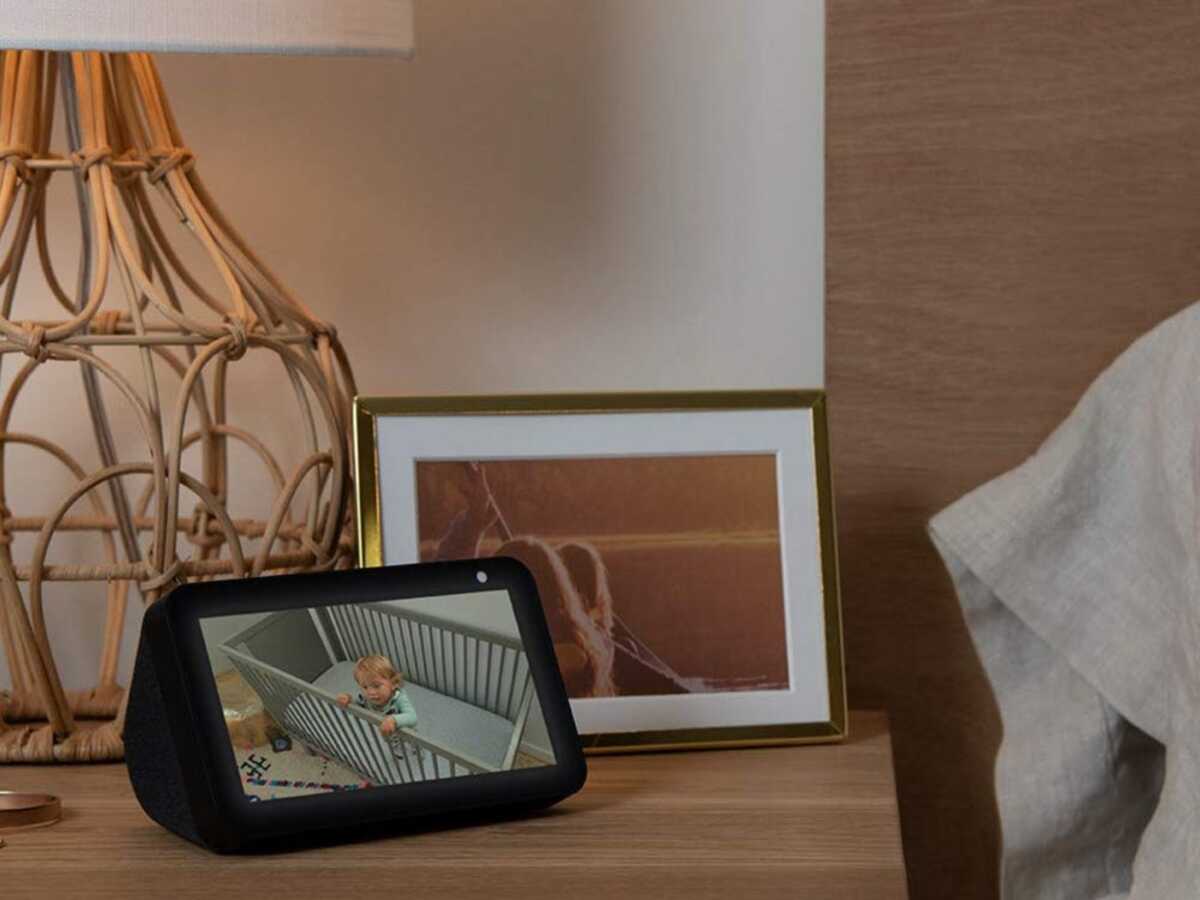
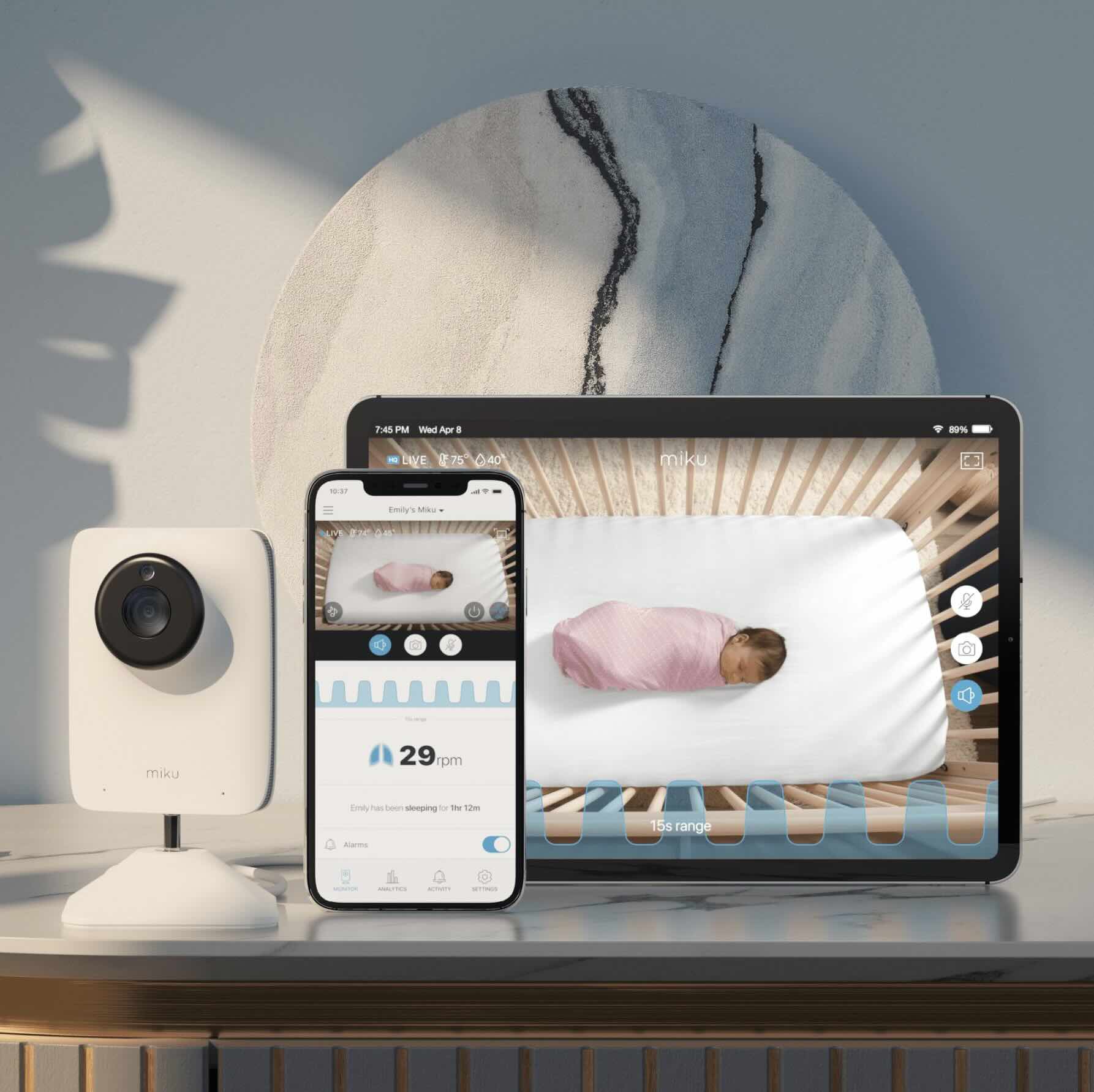
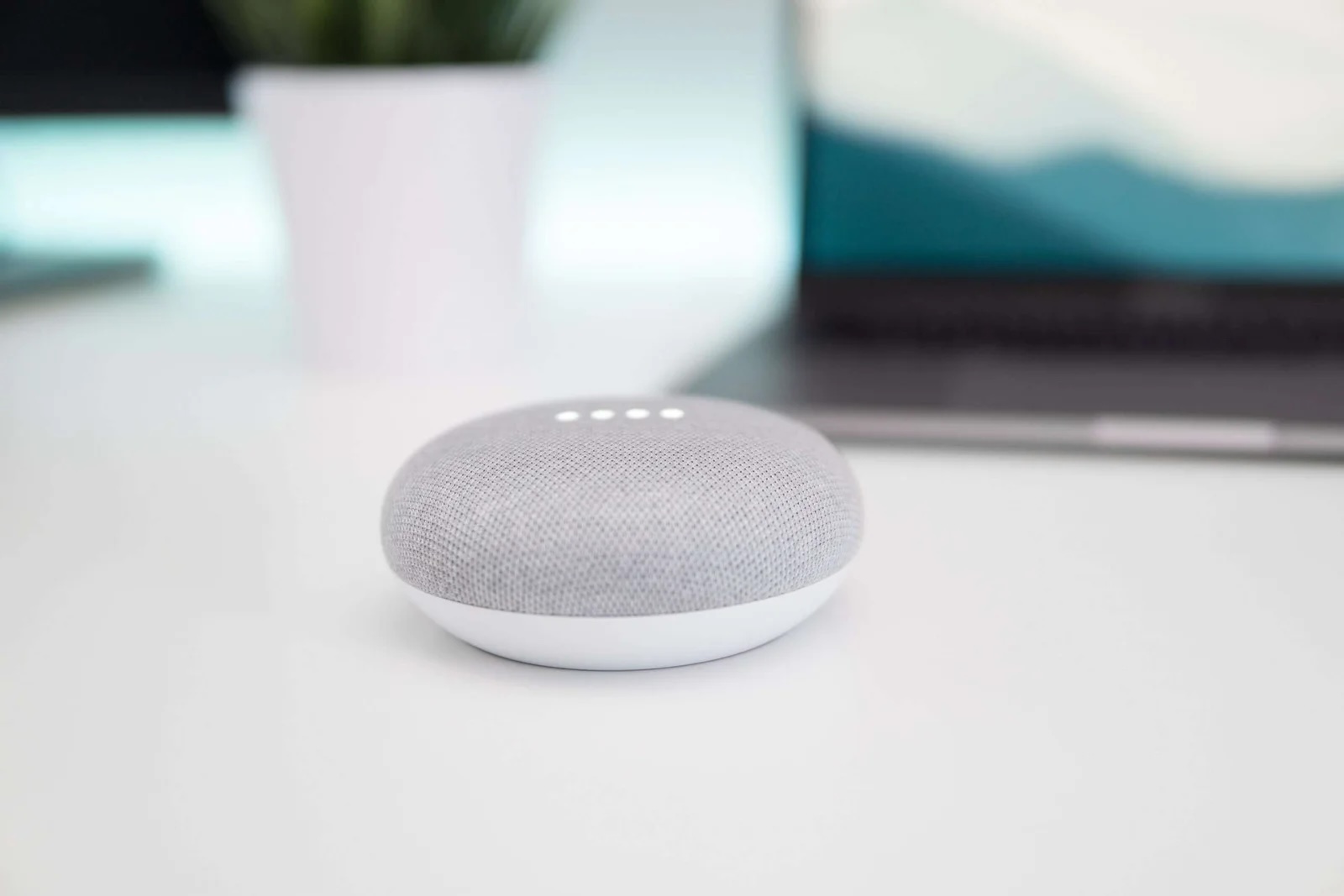
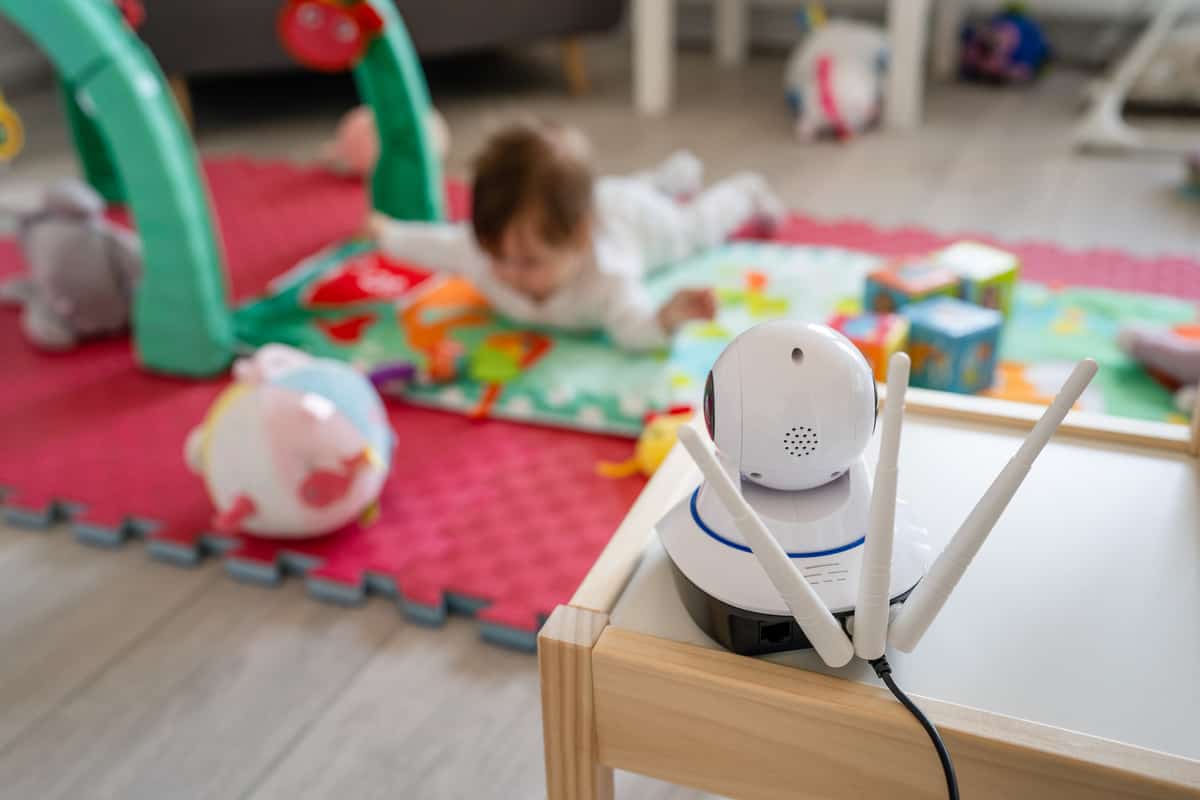
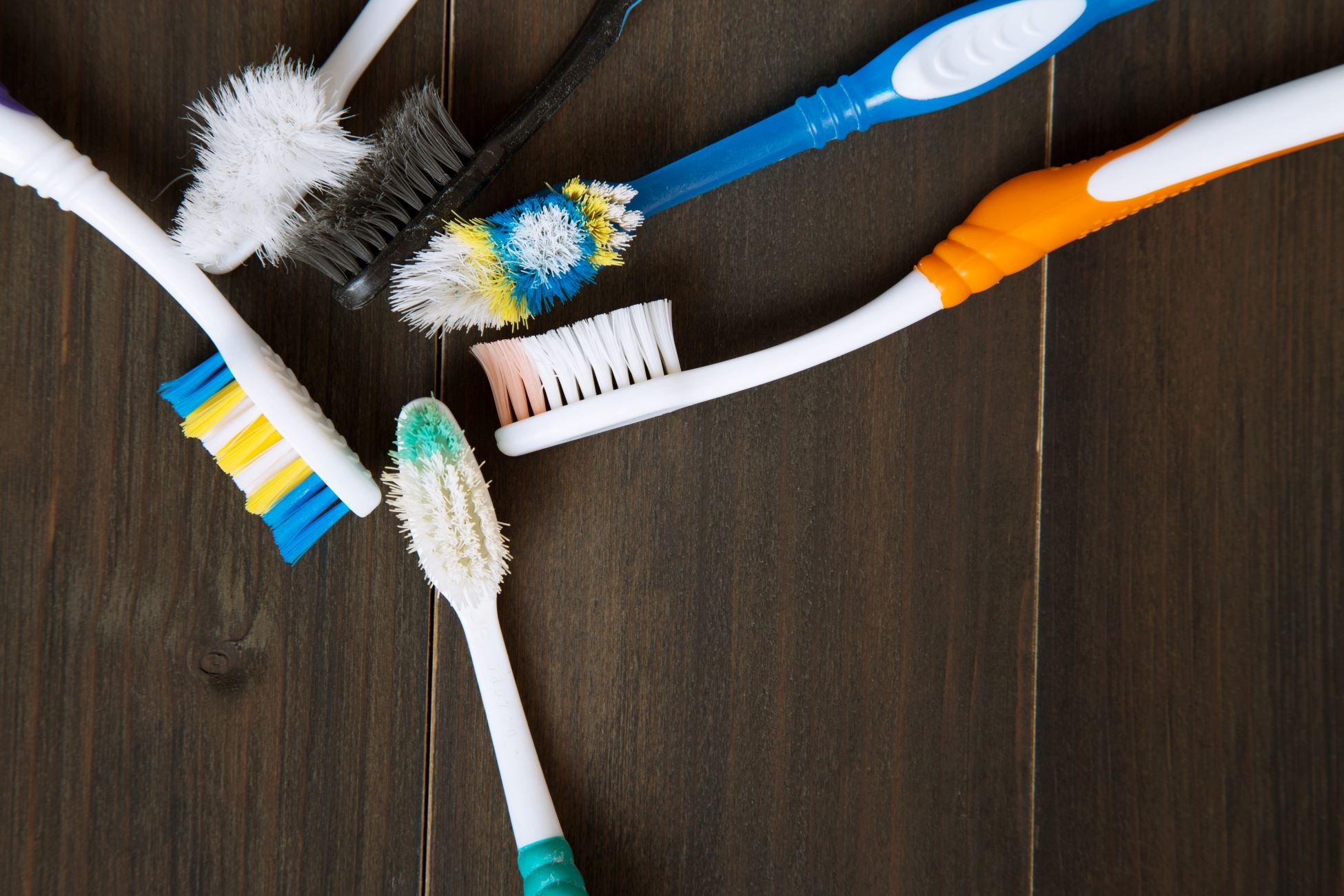
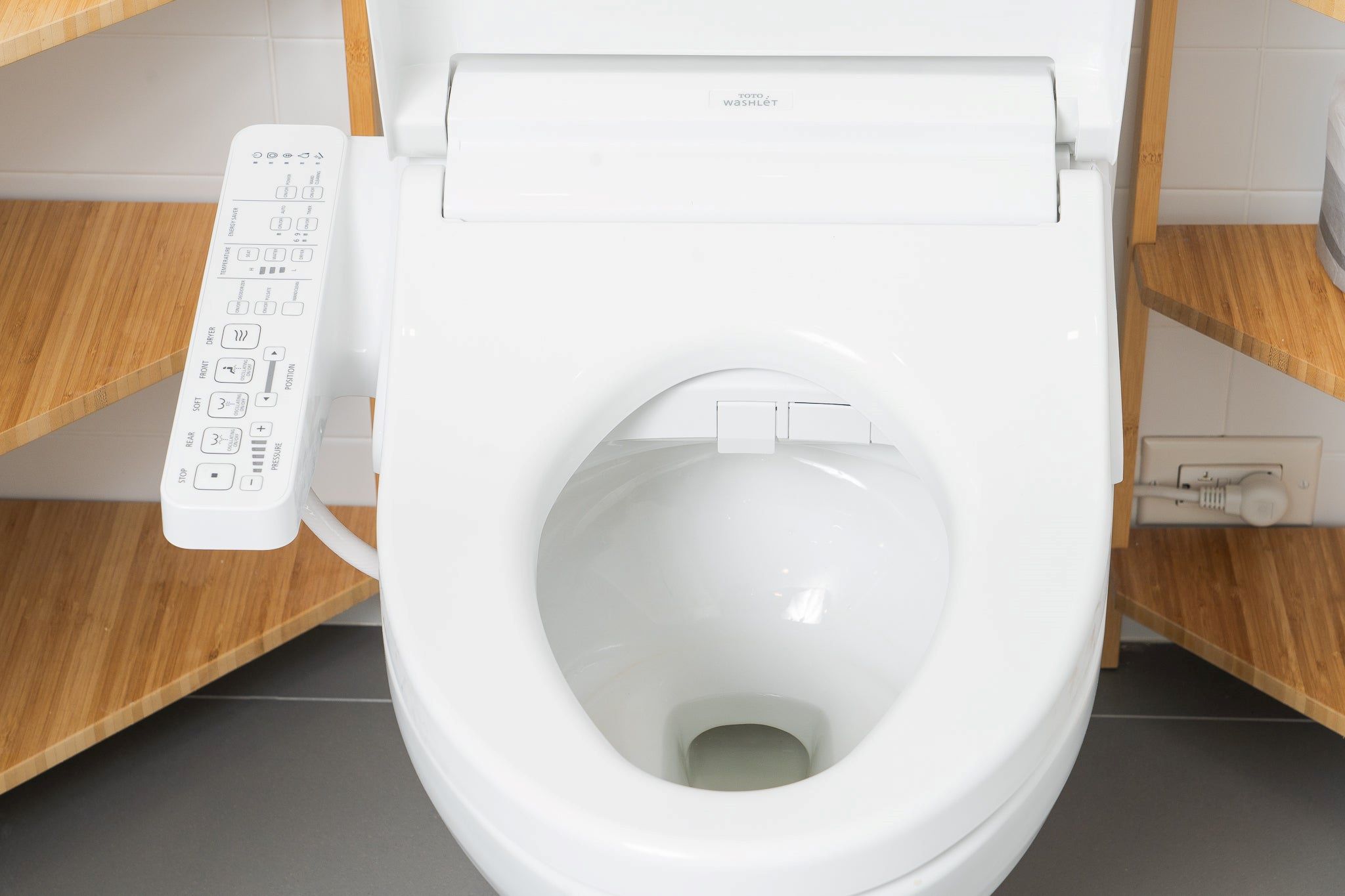
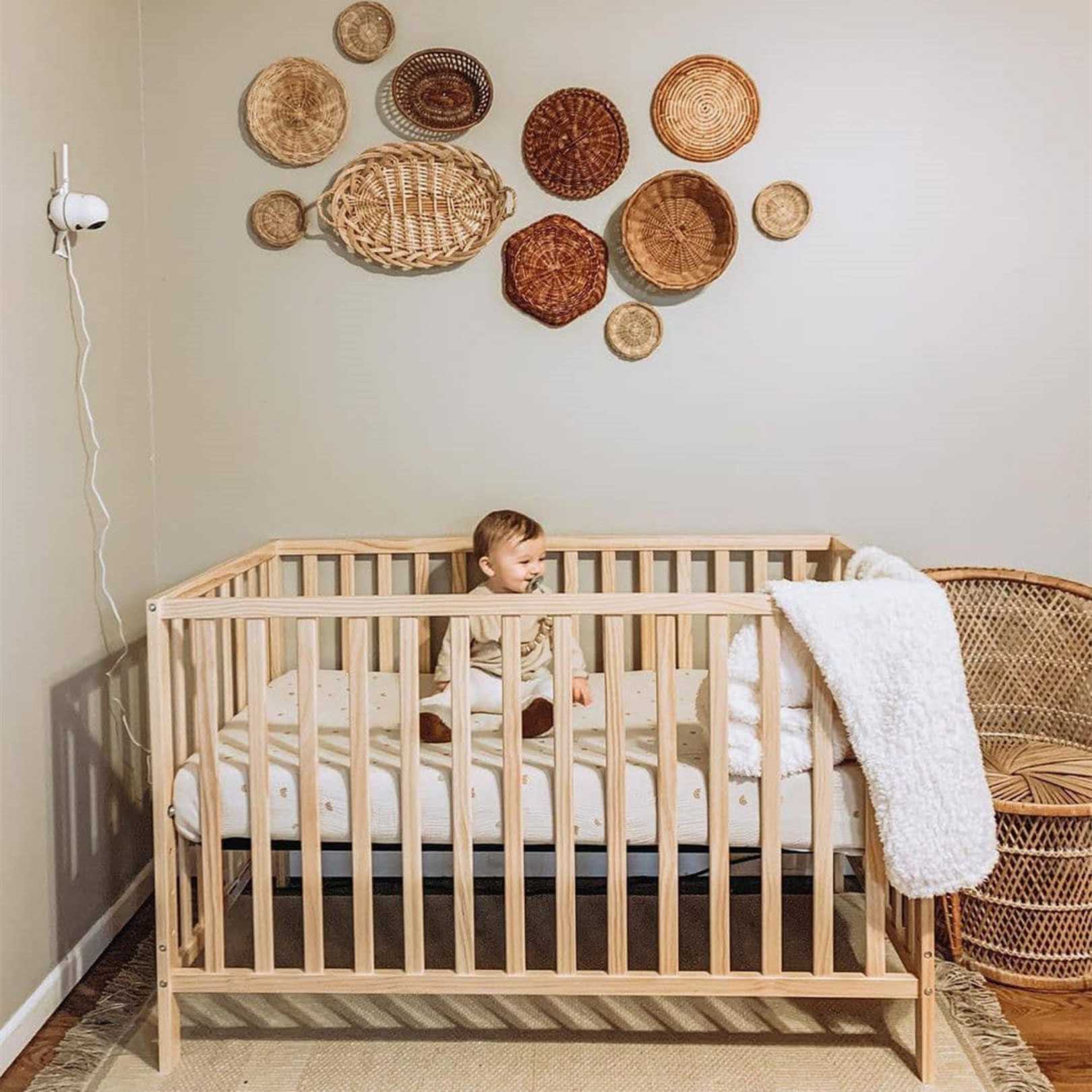
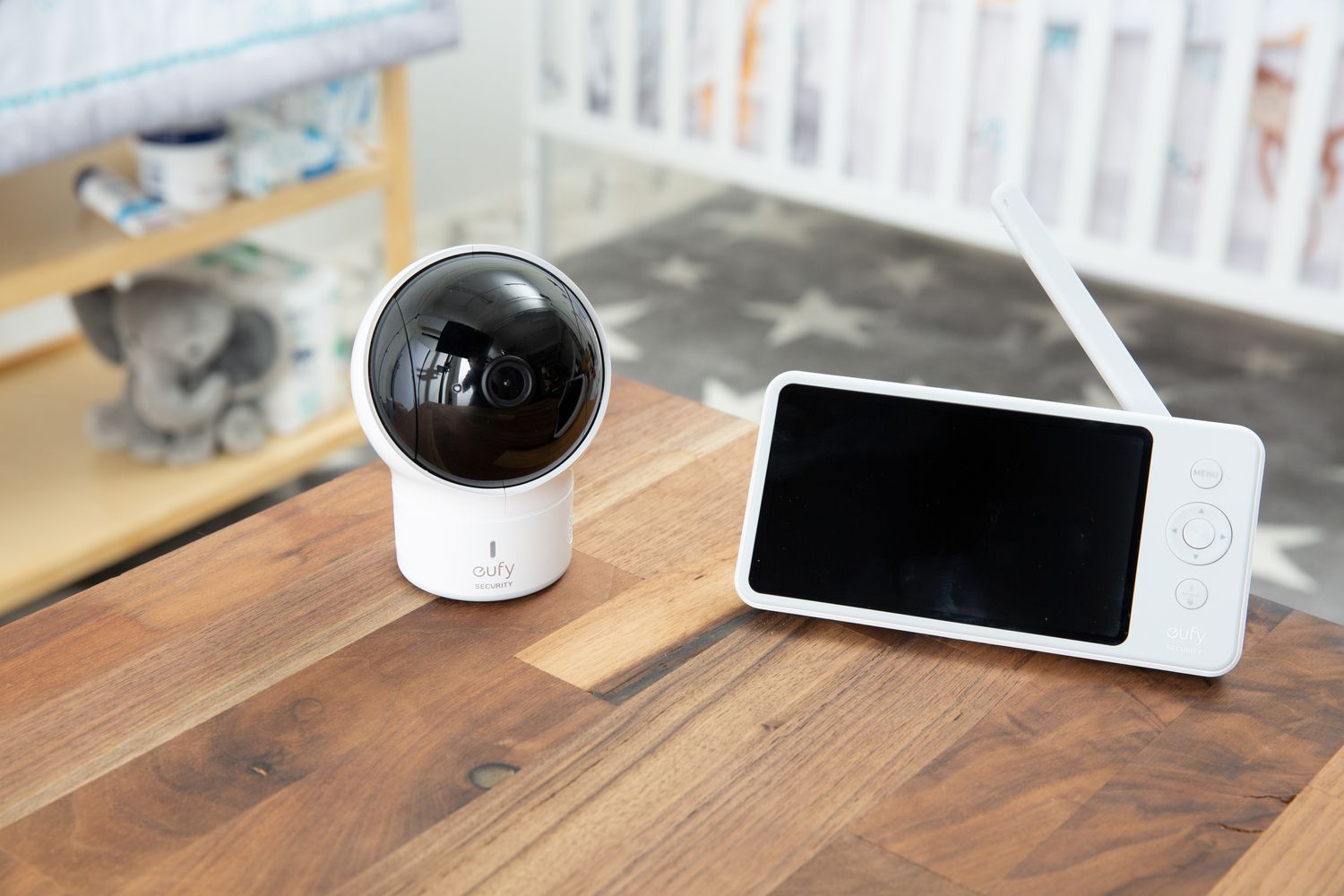
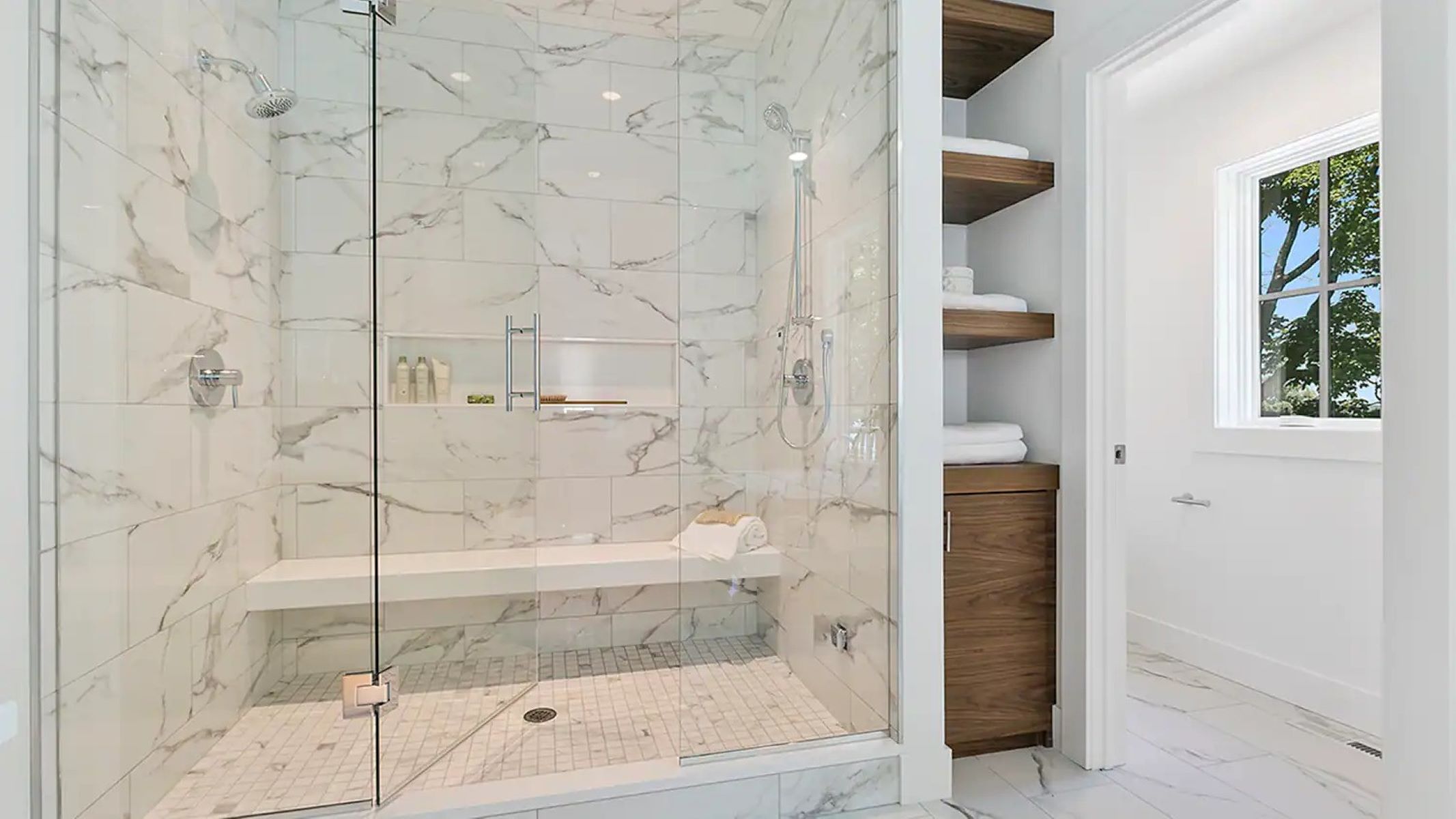
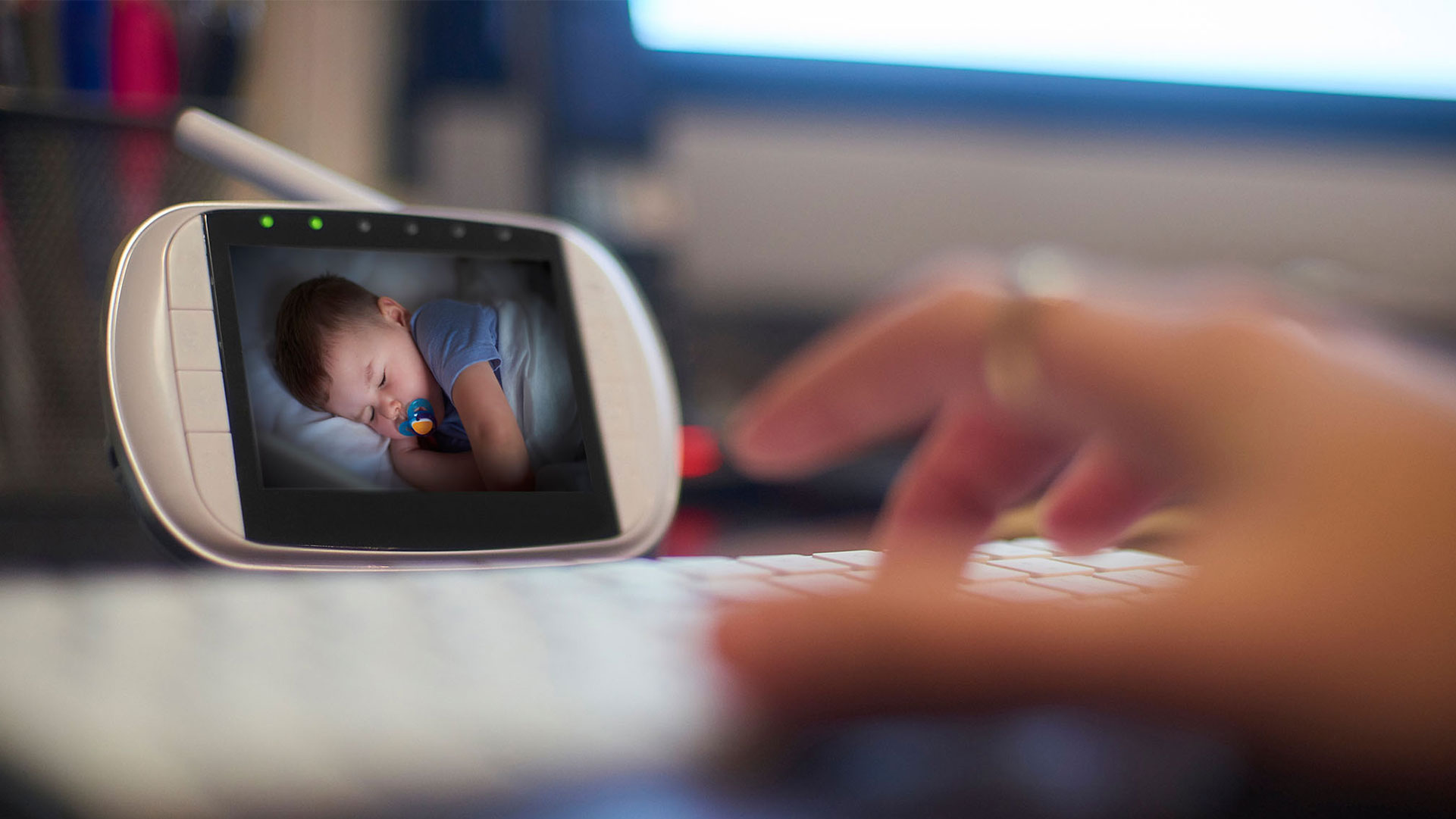
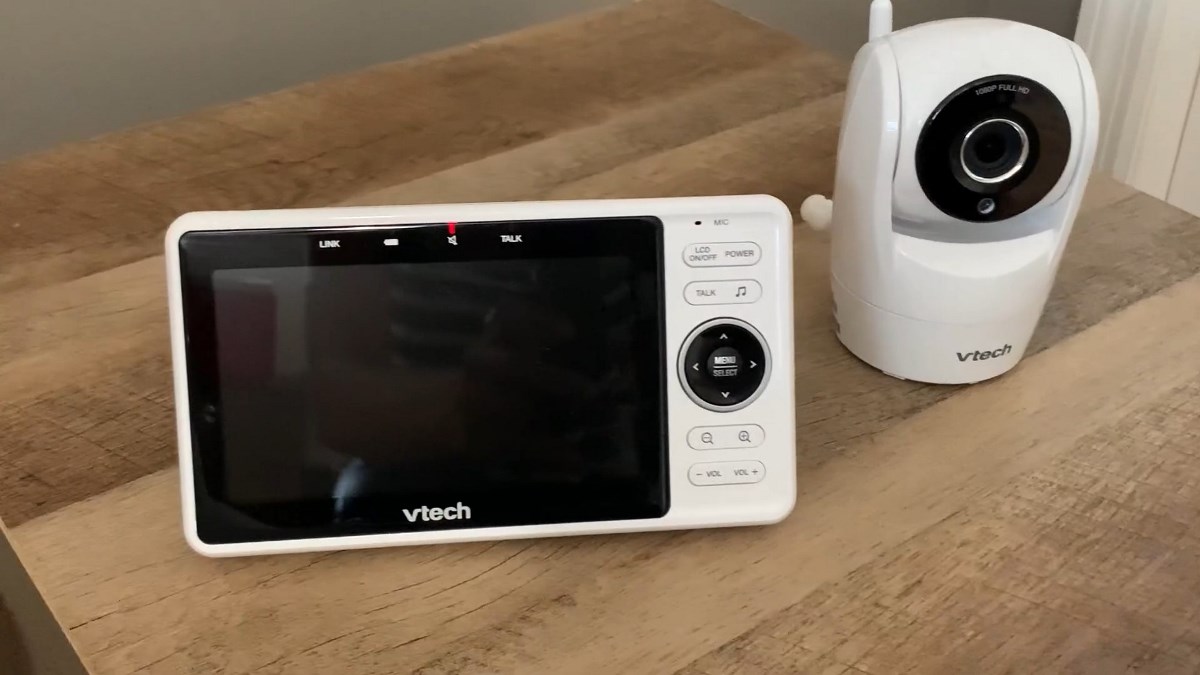
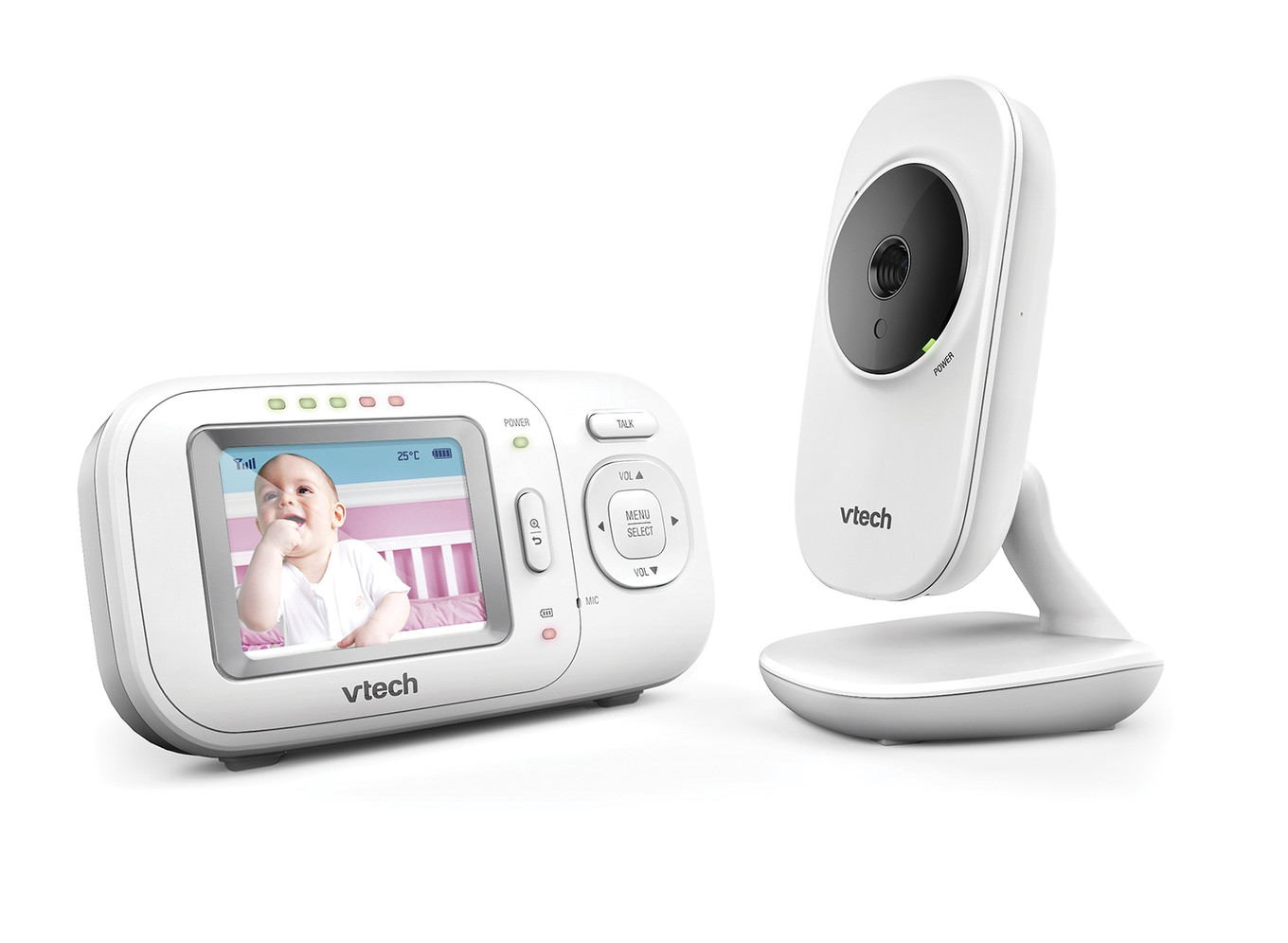
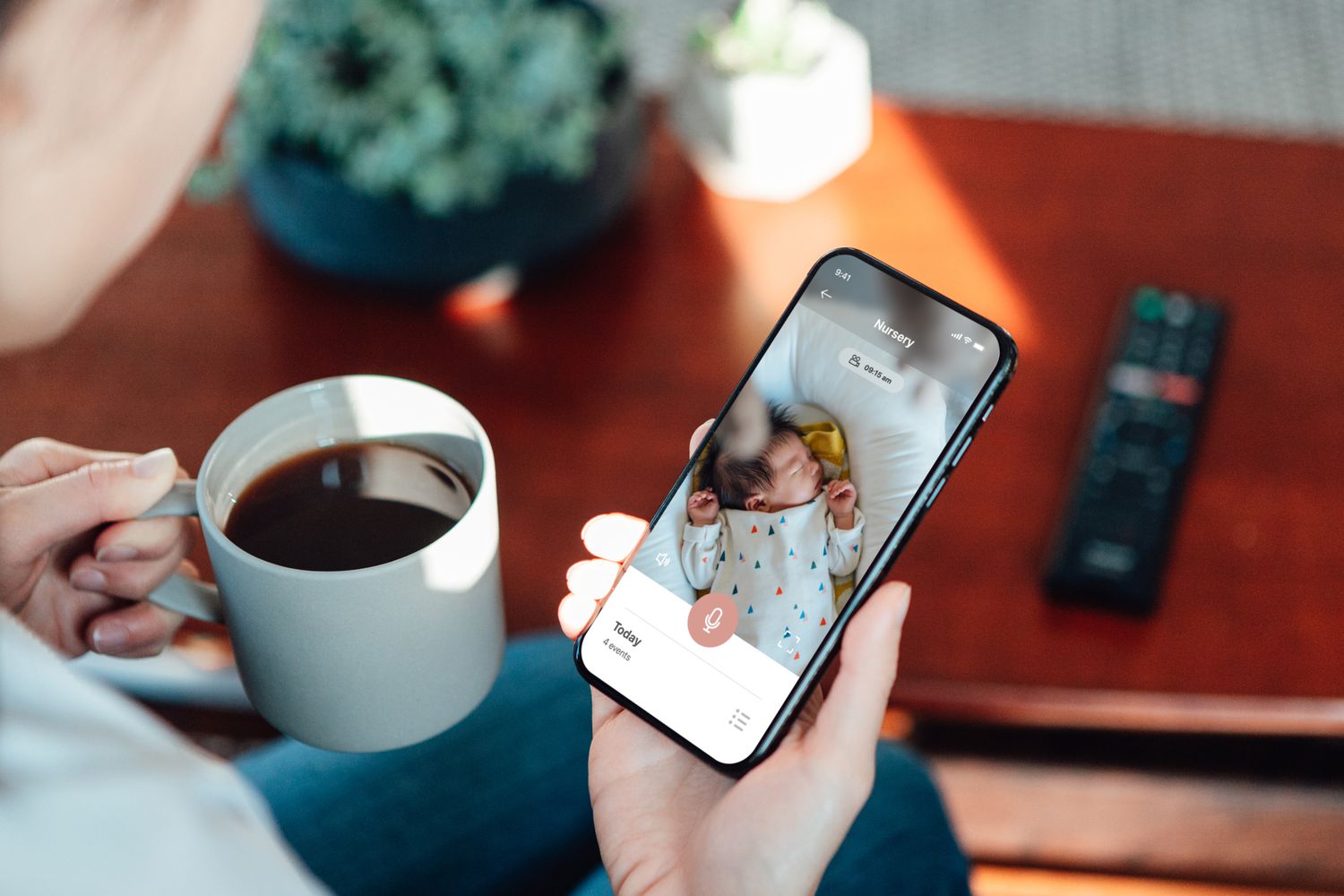

0 thoughts on “How Long Should You Use A Baby Monitor”